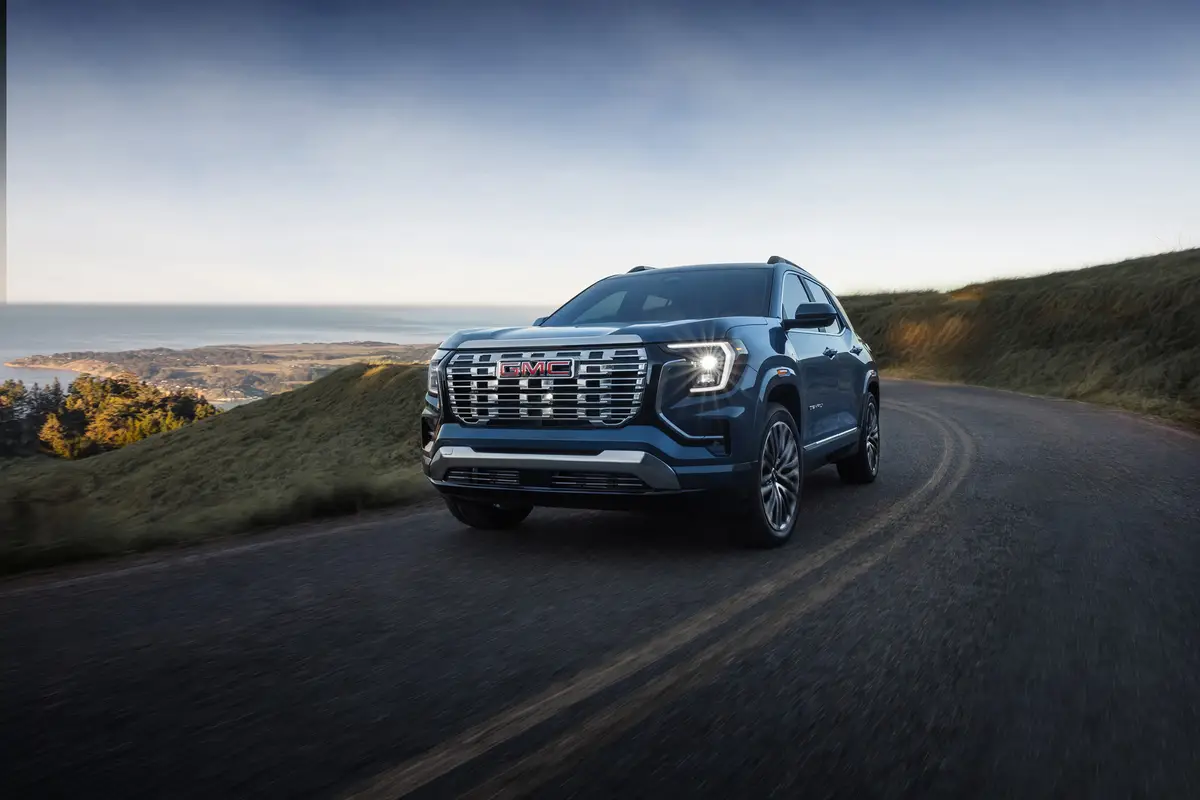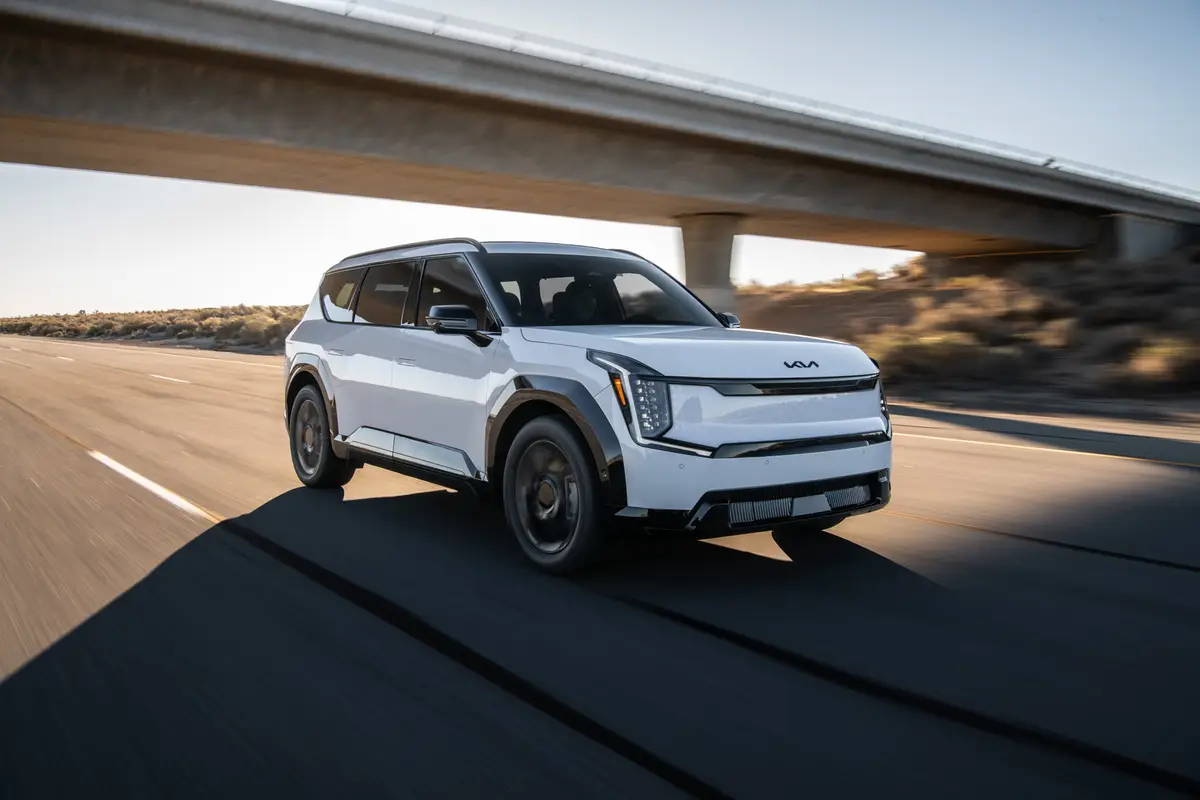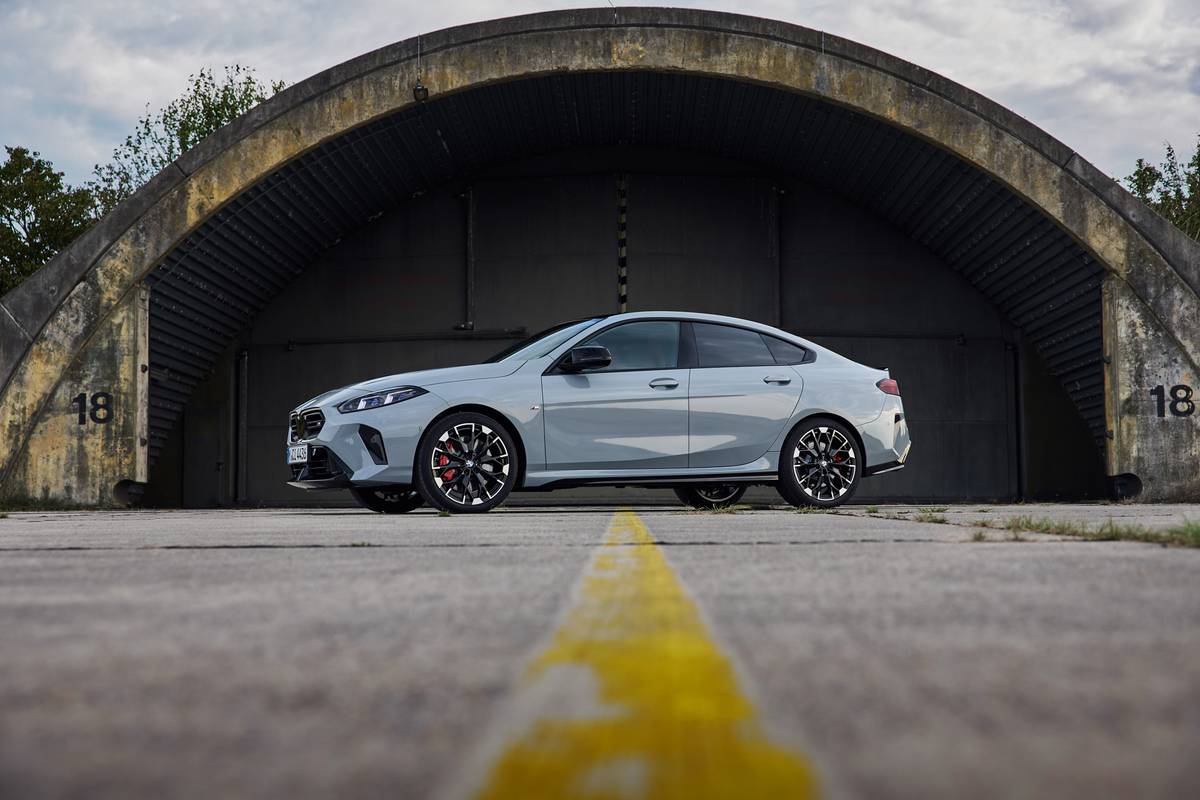The Morning Call and Mcall.com's view
One of the great things about the automotive marketplace is that if you wait around long enough, a good (or, at least, interesting) idea will return. Take, for example, the two-passenger sports car. At one time, it seemed you couldn’t back up in a parking space without banging into one (they were close to the ground and difficult to see, or so the standard excuse of the time went). Then in the twinkling of an eye – or the eyeing of a Twinkie – they became as rare as a kind word from the Internal Revenue Service. Well, maybe not that rare but they certainly made their absence conspicuous.
The two-passenger sports car never really disappeared, but in the broad market of fun-type cars, the sporty car, performance/economy car and Two-Plus- Two sports car did dominate the scene. Okay, so some of the back seats in these cars couldn’t carry pre-kindergartners for more than a few blocks without the threat of child abuse charges being filed. But at least the seats were there and that seemed to satisfy most people. It certainly satisfied the manufacturers who saw a broader market for their product.
But the two-passenger sports car is just too much fun to fade away and, not surprisingly, there have been more models available over the past couple of years. And this brings us to the latest model to come charging down the turnpike, Toyota’s MR2, a state-of-the-art sports car that manages to retain some of the traditional qualities of a sports car.
The first impression of the MR2 (test model supplied by J.H. Bennett, Inc., 2300 Hanover Ave., Allentown) is that here is a very, very small car and – with an overall length of 154.5 inches, wheelbase of 91.3inches, width of 65.6 inches and height of 48.6 inches – it really is. Sort of like the early MGs, which looked so small compared to everything else. But the MR2 weighs 2,350 pounds and is not really a lightweight. There is sort of a cuteness about it but it does notlook like a toy. No, it looks like a real sports car. Not a reworked economy car, nor cut down sporty car but a designed from the ground up sports car.
The MR2 is styled like a traditional wedged-shaped coupe, which really is somewhat deceptive. The sloping hood and high trunk deck give it a look of a front-engine/rear-drive car. However, it is a mid-engine car with a rather unique engine in that space. Before getting further into this, I just want to repeat a quote from Toyota on the design: ” . . . MR2sports car has a distinctive shoulder line from the front fender to the tail that is derived from the design of a Samurai sword.” I do not know what the Japanese words for purple prose are but they certainly would apply here. Anyway, the design is attractive, sword-shaped or not.
But why a mid-engine configuration? According to Toyota, the transverse- mounted mid-engine design provides a 45/55 percent front/rear weight distribution, which ”allows a na rrow roll angle, high critical lateral acceleration and improved rear power efficiency while decreasing the nose dive and squat associated with hard braking or quick starts.” Quite a mouthful, but translated loosely means it was designed for handling, which is really the whole rationale of all mid-engine sports cars. Fortunately, a driver doesn’t have to know too much about the design to be able to put it through its paces. Keep the pedal close to the metal and keep wheeling away. It is really a very forgiving car that gives new meaning to the cliche ”hugging the road.” But, low, wide mid-engine sports cars are expected to do this, so it shouldn’t come as a revelation.
The four-wheel independent suspension features struts all around and low- pressure gas-filled shock absorbers. Also featured are four-wheel disc brakes, rack-and-pinion steering and 185/60 series tires. A pleasant surprise about the suspension system is not that it contributes to handling but lso contributes to ride comfort. Older design sports cars with such a short wheelbase would have choppy, barely tolerable rides. But the MR2 doesn’t ride too much different than a passenger car. Much of this easy ride can be credited to offset coil springs both front and rear.
Also adding much to ride comfort is the MR2’s spacious interior. Here’s the old sports car stretch-out, reach-out and hang-out cockpit. Much of this room is made possible because there was no attempt to put a rear seat in it. Here’s all the room any driver and passenger will need. If you are a little leery that such a small car on the outside could have so much room on the inside, just take a look at these dimensions: head room, 37.2 inches, leg room, 45.5 inches and shoulder room, 53.2 inches. And since the engine is behind the driver and not in front, the interior is also relatively quiet. Another surprise is that the MT2 actually has some storage room. The combined cargo capacity of the front and rear compartments measure almost eight cubic feet. Now this would be very diminutive for a passenger car but it is not bad at all for a small sports car.
Powering the MR2 is a rather unique dual overhead cam, 16-valve, four cylinder engine that measures a mere 97 cubic inches (1.6 liter) but produces 112 horsepower at 6,600 rpm and 97 foot pounds torque at 4,800 rpm. Quite a little screamer that once again proves that there is more than one way to get results. With the return of performance over the past couple of years, many manufacturers have achieved more power by using turbocharging. However, a couple of manufacturers have went the four-valve-per-cylinder route, which, essentially, holds the valve train together (the weakest component in the engine) and increases power by raising the rpm of the engine. This is not a new engineering approach. Racing cars and even some passenger cars of 60 and 70 years ago had dual overhead cams and four-valve-per-cylinder engines. But because of its high cost and other successful methods to increase horsepower, it never was a widespread practice. That is until now. More and more manufacturers are designing such engines, not solely for the performance, but because they are ”clean” engines and can easily meet emission standards.
Although the MR2 is a brand new car, the engine was introduced in the beginning of the 1985 model year in the Toyota Corolla GT-S, an economy/ performance car. Basically, the engine, known as the 4A-GE, was developed from the ”A-Type” engine first introduced in the 1979 Tercel. The bottom end was toughened by reinforcing the block and upgrading the crankshaft to a carbon steel forging with eight counterweights. Since it develops its power from high rpm, watching the tachometer swing around – even under moderately fast acceleration – can at first cause some concern. Four thousand and even 5,000 rpm are reached with no effort and appar ently no strain. Fortunately, the engine can wind all the way up to 7,700 rpm before it reaches redline. By manipulating the five-speed gearbox correctly, the MR2 is capable of 0-60 mph times in under nine seconds. On the top end, which I will let someone else prove, Toyota claims a speed of about 120 mph.
For all the performance on tap, the MR2 gets impressive fuel mileage. But, then, this is the whole purpose of a small sports car. The test car averaged 30 miles per gallon for highway driving and 23 miles per gallon for city driving.
Base price for the MR2 is $10,999. Standard equipment includes tilt steering wheel, remote power mirrors, intermittent windshield wipers, rear window defogger, leather wrapped steering wheel and shift knob, tinted glass, AM-FM-MPX stereo and digital quartz clock. Extras on the test car did add up rapidly. In fact, all the way up to $14,926. Other costs included: air conditioning, $840; moonroof, $300; power package, $305 cruise control, $185; cassette radio, $365; rear spoiler, $150; mud flaps, $30; a distributor protection package (wheel opening moldings, door edge guards, pin stripe), $1,047, and an additional distributor’s charge of $395.
Latest news



